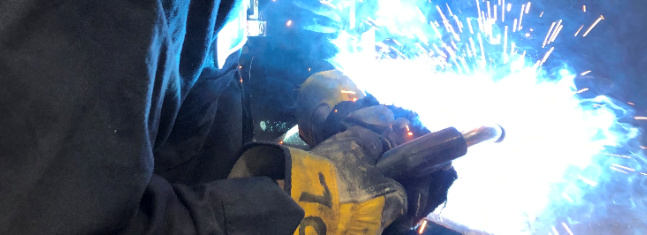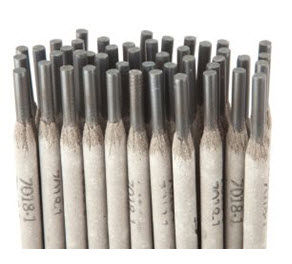Modes of Metal Transfer: Globular

In our last post we explained short circuit transfer; if you missed it you can go back and read Modes of Metal Transfer: Short Circuit. In this post we’ll spend some time going over globular transfer by covering its basics as well as its advantages and limitations. Globular transfer occurs in GMAW and MCAW processes […]

